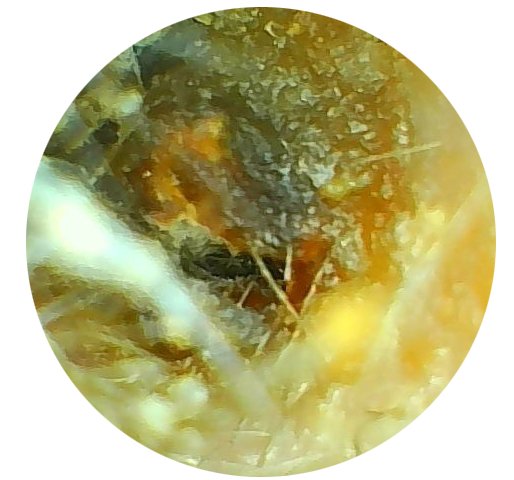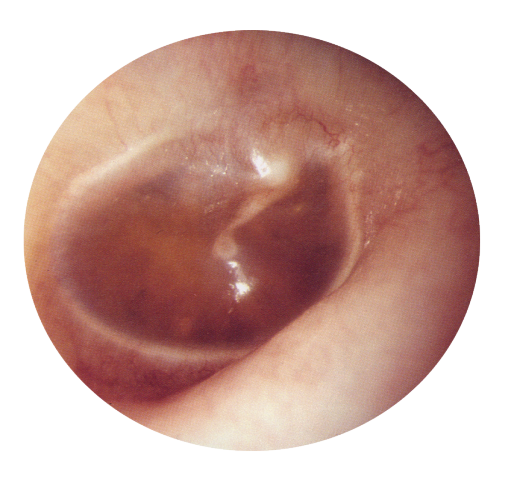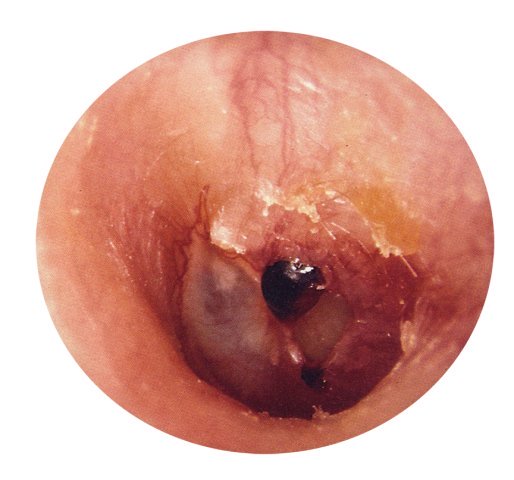Even though the ears are small organs, there is no shortage of problems and disorders that can arise in them. Hearing care professionals treat complications of the ears every day, identifying problems such as ear wax impaction, perforations or ruptures, and ear infections.
Most disorders that arise are extremely common, allowing hearing care professionals to diagnose and occasionally treat them on the spot. Using tools such as curettes and an otoscope, ear wax impaction, infections, and more can be identified during a clinician’s first exam.
Learn more about the most common ear issues and how hearing care professionals are equipped to diagnose them with reliable and innovative tools like MedRx’s video otoscope.
Ear Wax
Cerumen, also known as “ear wax,” is a necessary substance that our ears produce to protect them from dirt, debris, water, and bacteria. Our ears are a self-cleaning system, which means they are generally pretty good at cleaning themselves out—without the need for tools like cotton swabs.
However, one of the most common issues audiologists and hearing care professionals face is impacted ear wax. This is caused by the overproduction of cerumen in the ear canal and, when built up over time, can become dense at the ear drum. This thick build-up can lead to pain, itching, tinnitus, and hearing loss.

IMPACTED EAR WAX THROUGH OTOSCOPE
Because impaction can be identified using an otoscope, ear wax removal is relatively simple. Ear wax build-up can be treated in several different ways depending on the patient and experience of the clinician, including:
● Manual removal with a curette or other precision tools
● Irrigation, using water to flush out the excessive wax
● Topical solutions that break up the wax
If a patient is experiencing negative symptoms from excessive or impacted ear wax, otoscopes can give hearing care professionals a clear view of the issue and if ear wax is to blame. While both handheld and video otoscopes can diagnose issues involving excessive cerumen, the benefits of a video otoscope are much greater. Video otoscopes allow clinicians to not only identify the issue but also show patients how they came to their diagnosis and build greater trust between the patient and hearing care professional.
Ear Infections
Using an otoscope, a physician can identify an ear infection with a quick assessment of the ear.
Ear infections are another common ailment of the ear, most of which can be diagnosed by looking at the ear through an otoscope. But not all ear infections are created equal. Some of the most common types of ear infections are:
● Middle ear infections, or, “acute otitis media”
● Middle ear infections with effusion, or “otitis media with effusion” (These are middle ear infections that have a build-up of fluid in the middle ear but do not cause an infection)
● Swimmer’s ear, or “otitis externa,” is an infection in the outer ear canal that can cause redness, pain, and swelling
Ear infections are most common in young children and older adults. The National Library of Medicine states, "Ear infections are the most common reason parents bring their child to a doctor. Three out of four children will have at least one ear infection by their third birthday.”
After being identified with an otoscope, ear infections are usually easily treated. Pain can be mitigated with over-the-counter pain relievers and many ear infections will even go away on their own with rest, hydration, and proper care. Those that do require physician intervention can usually be treated with a course of antibiotics.
But what does an ear infection look like through an otoscope?

EAR INFECTION THROUGH VIDEO OTOSCOPE
To the untrained eye, an ear infection may be easy to miss. This is why hearing care professionals such as audiologists are educated and informed in identifying these common issues. However, not all ear infections are visible from the ear canal. Some infections occur in the middle and inner portions of the ear. These often require more comprehensive testing methods to completely diagnose the infection.
Ruptured Ear Drum
Sometimes ear infections can lead to worse issues, such as a ruptured ear drum. This is also referred to as a perforated tympanic membrane.
The ear drum or, “tympanic membrane,” is an extremely thin membrane that separates your middle and outer ear. This protects the sensitive systems of the middle ear from external debris and bacteria that may be collected in the outer ear. But severe ear infections aren’t the only cause. The tympanic membrane can also be ruptured due to trauma or extreme pressure changes in the air or water.

IMAGE OF PERFORATED TYMPANIC MEMBRANE
Signs of a ruptured ear drum are often sharp pain, bloody or pus-filled discharge, hearing loss, tinnitus, and vertigo. A physician can determine if you have a perforated ear drum with an otoscope, using it to identify some of the signs above.
Most small perforations will heal on their own, but if an infection is present, a hearing care professional will need to prescribe antibiotics to treat that as well. If the perforation cannot heal on its own, an otolaryngologist, also called an ENT physician, can repair the hole in a surgical procedure.
MedRx Video Otoscope for Ear Wax, Infections, and More
Otoscopes are one of a clinician’s greatest tools. Not only can they identify the common ear issues we described above, but when you share and educate the patient about what you’re seeing, they can help build rapport as well.
Specialized video otoscopes (such as the MedRx video otoscope) allow the provider to show the patient what they’re seeing inside the patient’s ear canal, something they are not likely to witness in any other places. Not only can it be extremely interesting, but showing a patient what is going on inside their ear allows you to educate the patient as you inspect the issues, or lack of, during an appointment. This demonstrates a greater effort on the physician’s side to be transparent with their patients.
The video otoscope is a powerful tool for hearing care providers that is used in thousands of clinics around the world. If you’re interested in seeing how a video otoscope can take regular patient appointments and turn them into educational and informative sessions, contact MedRx at (888)392-1234.
Sources:
https://www.aafp.org/pubs/afp/issues/2009/1101/p1011.html#:~:text=Cerumen%2C%20or%20earwax%2C%20is%20normally,%2C%20tinnitus%2C%20and%20hearing%20loss
https://medlineplus.gov/ency/article/000979.htm
https://www.cdc.gov/antibiotic-use/ear-infection.html
https://www.hopkinsmedicine.org/health/conditions-and-diseases/swimmers-ear
https://www.mayoclinic.org/diseases-conditions/ruptured-eardrum/symptoms-causes/syc-20351879